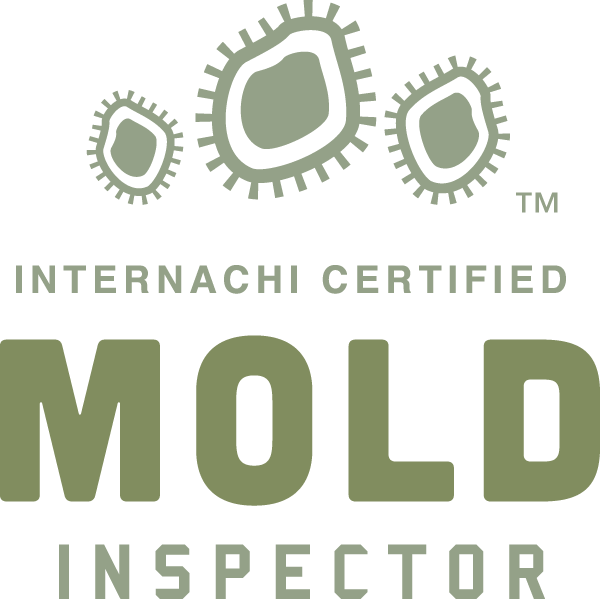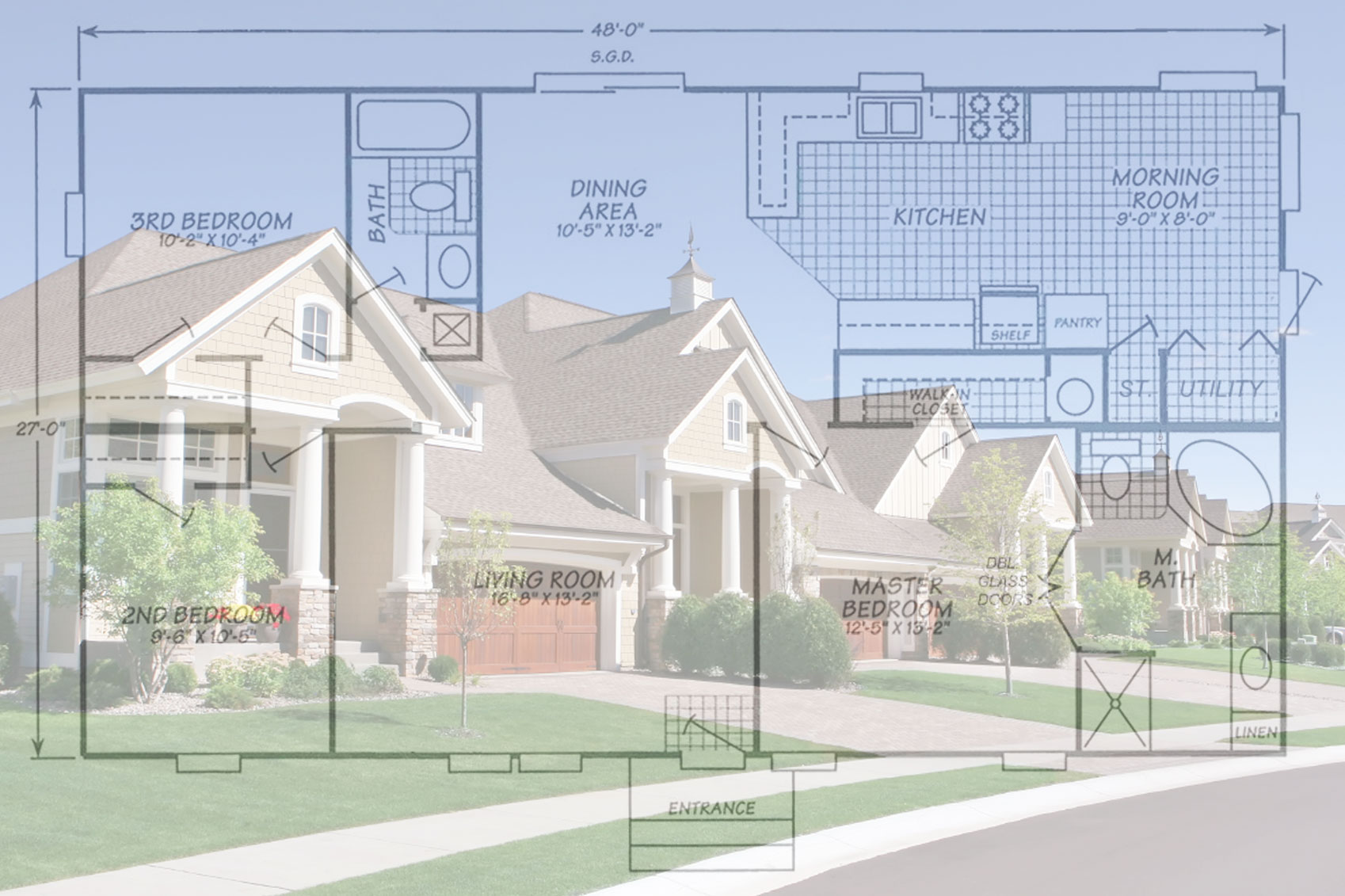Mold Inspection, Mold Testing and Indoor Air Quality
Serving Northern New Jersey and Hackensack, NJ
Have you been looking for a trustworthy Hackensack, NJ, mold indoor air quality inspector? Mold can be dangerous to your family or your employees, so you should not wait to contact a professional if you suspect you might have a mold problem in your home or commercial building. Call Home Inspections By Gary, Inc. in Waldwick, NJ, today to take advantage of our services.
Have you been noticing a strange smell in your attic? Perhaps your basement has flooded or you have reason to believe there is moisture in your wood, carpeting, or insulation. We are happy to assist you, no matter what your needs may be. It is important to work with an experienced company that will not only clean out your problem areas, but will also take steps toward preventing recurring growth in the future. Clients living in Hackensack come to us for radon inspection and tests, as well. We also check for pests and termites and perform general home inspections. We pride ourselves on our high-quality work, and we are fully licensed and insured.
Looking for a home inspector in Hackensack, NJ? Mold indoor air quality companies can be difficult to find. Contact Home Inspections By Gary, Inc. as soon as possible, and relax knowing that the only interests we're representing are yours. Call us or come by our Waldwick, NJ, office, for an estimate or to make an appointment.

Why Choose Us?
- High Quality Work
- Locally Owned & Operated
- Quick Response
- Fully Licensed and Insured
- Fully Independent to Represent Your Interests
- Weekend Appointments Available
Contact Home Inspections by Gary: (201) 994-6949!
Proudly serving the mold inspection and testing needs of home buyers and sellers in Bergen County and the NY Hudson Valley, including Hackensack, Paramus, Bergen and Passaic New Jersey to ensure quality indoor air!
Mold, Moisture and Your Home
Mold Basics
The key to mold control is moisture control. If mold is a problem in your home, you should clean up the mold promptly and fix the water problem. It is important to dry water-damaged areas and items within 24 to 48 hours to prevent mold growth.
Why is mold growing in my home?
Molds are part of the natural environment. Outdoors, molds play a part in nature by breaking down dead organic matter, such as fallen leaves and dead trees. But indoors, mold growth should be avoided. Molds reproduce by means of tiny spores; the spores are invisible to the naked eye and float through outdoor and indoor air. Mold may begin growing indoors when mold spores land on surfaces that are wet. There are many types of mold, and none of them will grow without water or moisture.
Can mold cause health problems?
Molds are usually not a problem indoors, unless mold spores land on a wet or damp spot and begin growing. Molds have the potential to cause health problems. Molds produce allergens (substances that can cause allergic reactions), irritants and, in some cases, potentially toxic substances (mycotoxins). Inhaling or touching mold or mold spores may cause allergic reactions in sensitive individuals. Allergic responses include hay fever-type symptoms, such as sneezing, runny nose, red eyes, and skin rash (dermatitis). Allergic reactions to mold are common. They can be immediate or delayed. Molds can also cause asthma attacks in people with asthma who are allergic to mold. In addition, mold exposure can irritate the eyes, skin, nose, throat and lungs of both mold-allergic and non-allergic people. Symptoms other than the allergic and irritant types are not commonly reported as a result of inhaling mold. Research on mold and health effects is ongoing. This article provides a brief overview; it does not describe all potential health effects related to mold exposure. For more detailed information, consult a health professional. You may also wish to consult your state or local health department.
Ten Things You Should Know About Mold
1. Potential health effects and symptoms associated with mold exposure include allergic reactions, asthma, and other respiratory complaints.
2. There is no practical way to eliminate all mold and mold spores in the indoor environment; the way to control indoor mold growth is to control moisture.
3. If mold is a problem in your home, you must clean up the mold and eliminate sources of moisture.
4. Fix the source of the water problem or leak to prevent mold growth.
5. Reduce indoor humidity (to 30% to 60%) to decrease mold growth by:
- venting bathrooms, dryers, and other moisture-generating sources to the outside;
- using air conditioners and de-humidifiers;
- increasing ventilation; and
- using exhaust fans whenever cooking, dishwashing, and cleaning.
6. Clean and dry any damp or wet building materials and furnishings within 24 to 48 hours to prevent mold growth.
7. Clean mold off hard surfaces with water and detergent, and dry completely. Absorbent materials that are moldy (such as carpeting and ceiling tiles) may need to be replaced.
8. Prevent condensation. Reduce the potential for condensation on cold surfaces (i.e., windows, piping, exterior walls, roof and floors) by adding insulation.
9. In areas where there is a perpetual moisture problem, do not install carpeting.
10. Molds can be found almost anywhere; they can grow on virtually any substance, provided moisture is present. There are molds that can grow on wood, paper, carpet, and foods.

